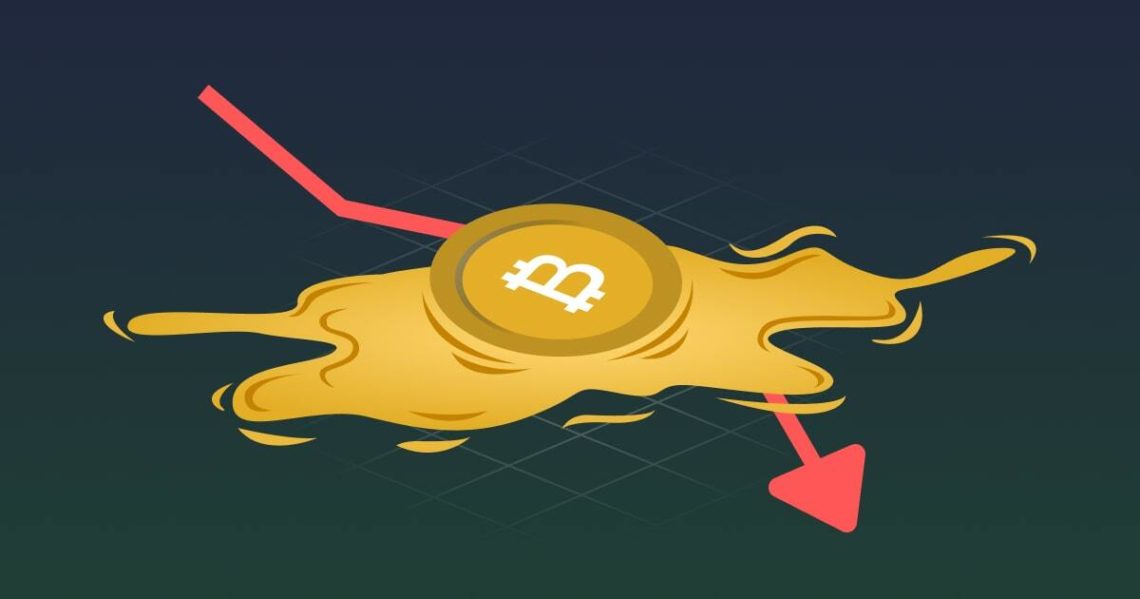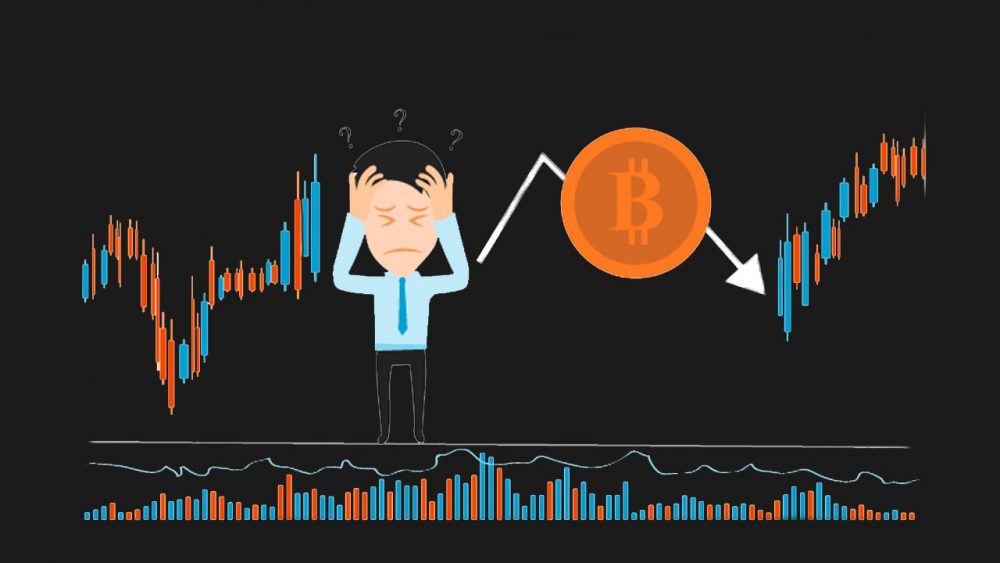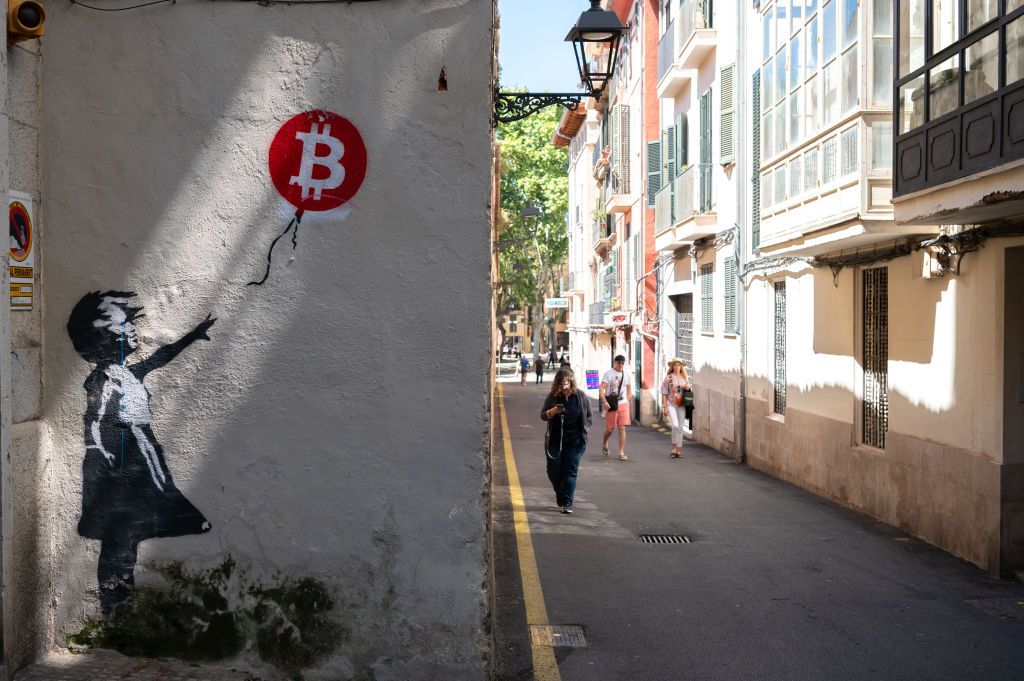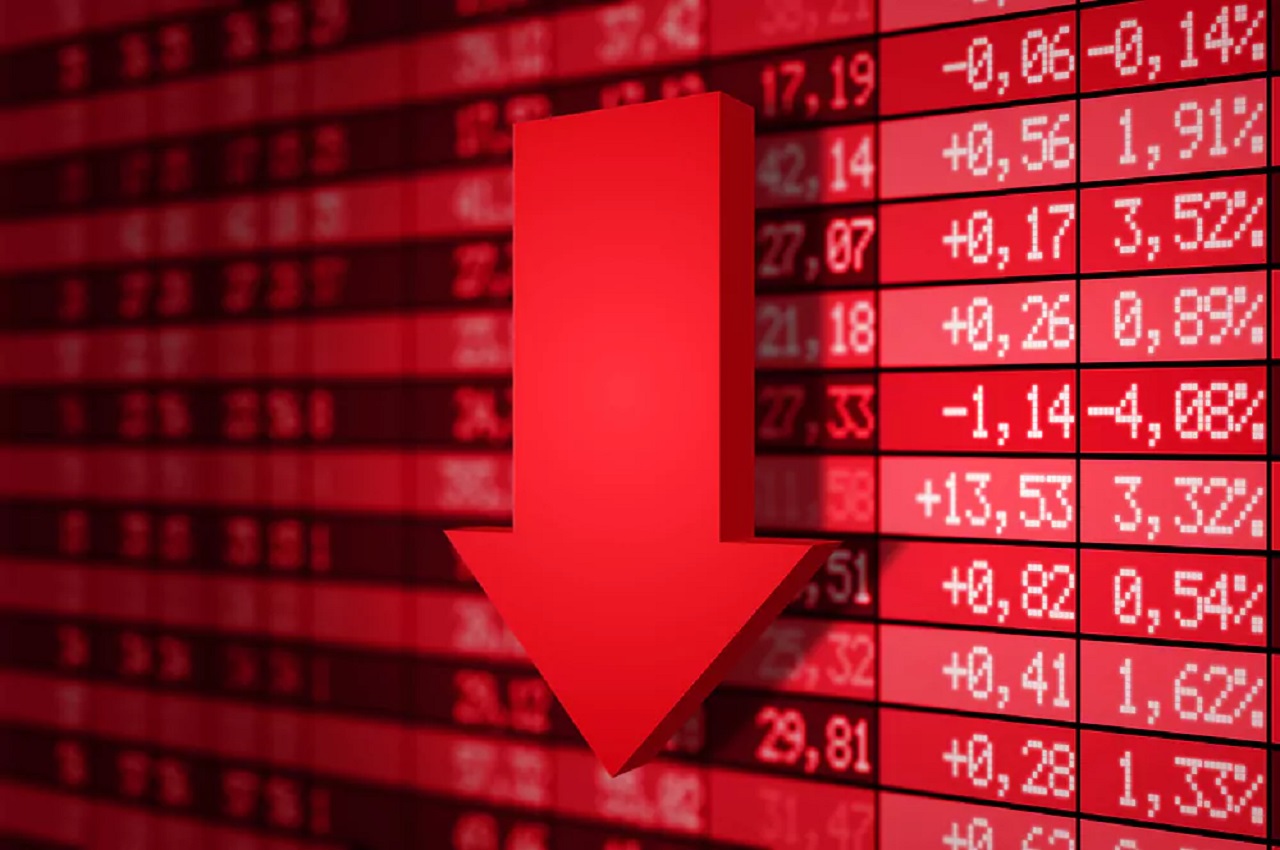Liquidation is an important concept that concerns not only debt and property, but also the cryptocurrency market. Liquidation, also known as liquidation in crypto, means “forced closing of a trading position.”
What does liquidation mean in crypto?
Liquidation in crypto is the forced closing of a trading position. This usually happens because the margin to close a position is exhausted, i.e. the trade must be closed, and is a function of leverage.
The act of borrowing money from a cryptocurrency exchange to trade a more substantial amount of crypto is known as margin trading. This can give the investor more purchasing power and higher returns.
In other words, leverage uses borrowed funds to create a more substantial position than the person’s funds allow. However, it also involves higher risk for such investors because leveraged holdings can be quickly liquidated if the market goes against them.
But margin trading is not free money, of course. To create a leveraged trading position, the stock market requires the trader to place money (fiat or crypto) as collateral, often referred to as “initial margin”.
This upfront capital is intended to protect the borrower in case prices fluctuate too wildly. The maximum price opposite the delta of the position is called the liquidation price. If the market price is traded at this price, the position is liquidated.
Since there is little regulation in the cryptocurrency markets and third parties do not always have the authority to enforce the rules, crypto exchanges prefer to have a mandatory liquidation function rather than margin calls, so in a traditional market the broker “calls” the investor and asks for more collateral to close the position.

When does the liquidation take place?
As mentioned, when the investor is unable to meet the margin requirements for their leveraged assets, they are forced to liquidate positions.
This normally occurs at the maximum “pain points” of the market, especially when trades are crowded. More specifically, this is likely to occur at the highs and lows, the support and resistance areas defined by the Market Structure, as well as the psychological round numbers and large handles.
More technically, liquidation occurs when the trader’s margin account falls below the percentage of the total transaction value previously agreed with the exchange.
With 10x leverage on a $10,000 position, it only takes 10 percent down to wipe you out. To make matters worse, exchanges often include a fee for liquidated transactions.

How to prevent liquidation?
When traders use a stop loss order to exit positions, they essentially apply the discipline of saying “this is the maximum loss I can bear on this trade”. When used in conjunction with the right risk management techniques, exiting a trade that has proven to be invalid is good practice that can save you and your capital and allow you to trade another day.
Placing a stop loss quite far from where your liquidation price is will significantly reduce your chances of liquidation. However, as stop losses are triggered as market orders, they are subject to slippage; which means, in theory, the price could exceed your stop loss level in an extreme scenario, potentially leading to liquidation.
Another option is to trade smaller. By definition, trading a smaller position size reduces your risk and, accordingly, your chances of liquidation.
Leverage and position size go hand in hand, so trading smaller means you’ll need less leverage, which is another way to reduce the risk of liquidation.
Watch for futures open interest on the exchange you are trading, as historically high open positions can sometimes be an indication that the market is overly leveraged. In the event of market stress, these positions can be liquidated and cause a cascade that can even lead to a sudden crash, as has been abundantly seen in the short history of crypto.







